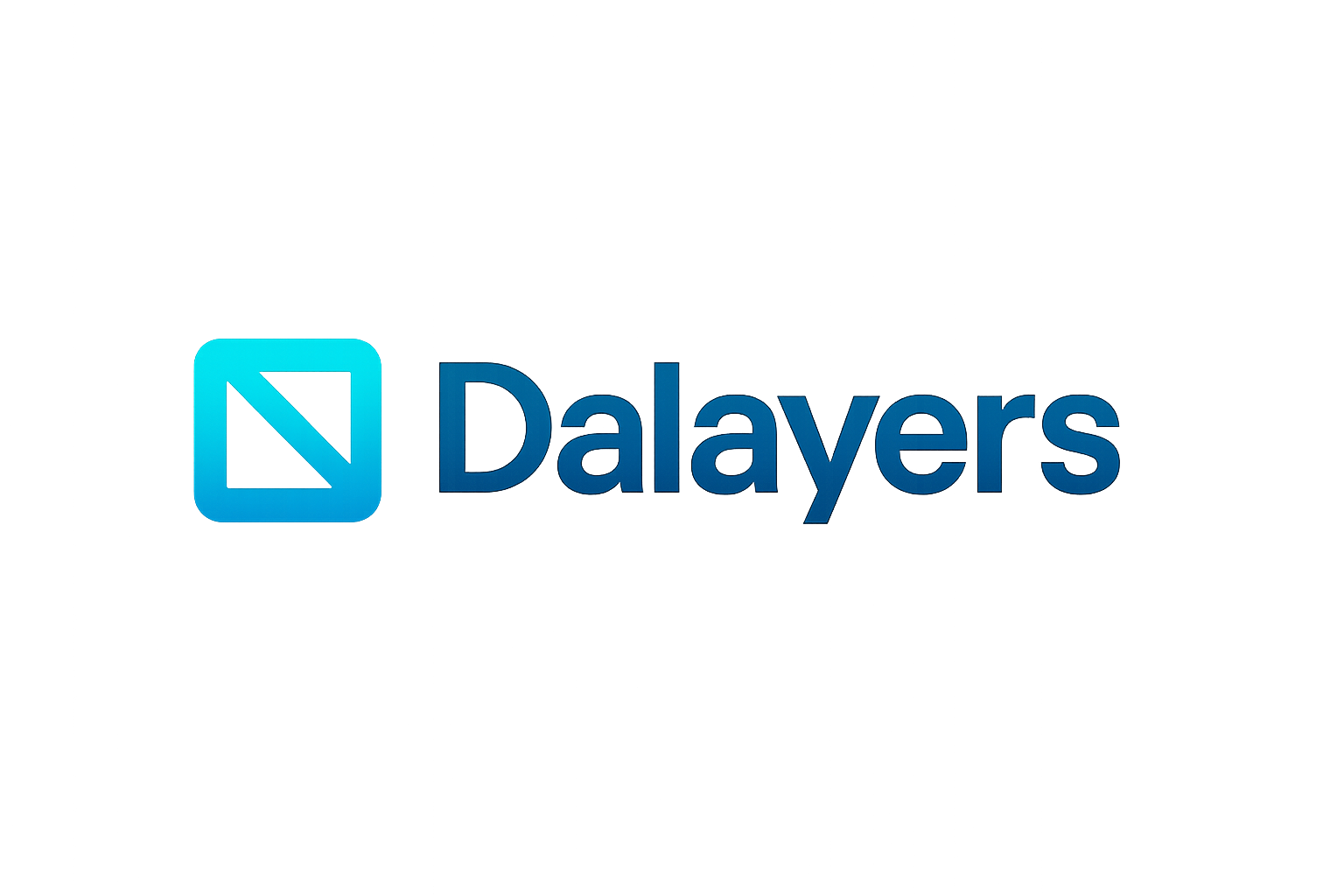
In the rapidly evolving world of modular blockchains, one innovation is quietly reshaping the way networks handle data: Random Linear Network Coding (RLNC). As blockchains scale and diversify, the old models of data propagation and availability are showing their limits, especially when it comes to supporting high-throughput decentralized applications (dapps) and seamless cross-layer communication. RLNC, a technique pioneered in academic circles and now commercialized by projects like Optimum, is emerging as a game-changer for both network efficiency and security.
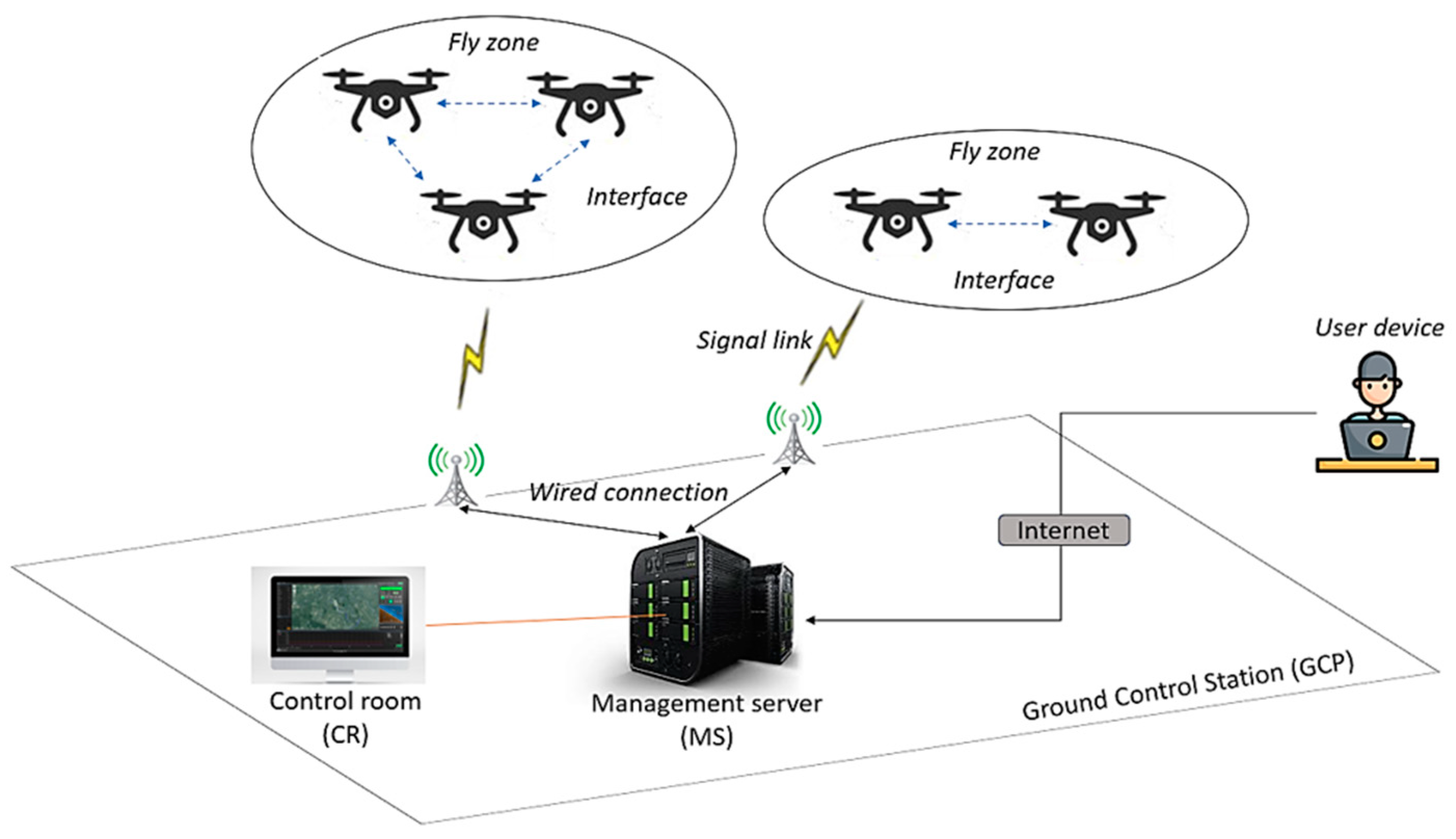
Why Data Availability Is the Bottleneck in Modular Blockchains
At the heart of every scalable blockchain lies a fundamental challenge: data availability. In modular architectures, where execution, settlement, and data availability are separated into specialized layers, ensuring that data is always accessible for verification and reconstruction is critical. Without robust data availability, rollups can’t prove their state transitions, light clients can’t verify blocks, and the whole promise of modularity falls apart.
Traditional approaches, such as Reed-Solomon erasure codes, have helped, but they introduce inefficiencies and overhead. As networks grow, these methods struggle to keep up with rising throughput demands and the need for fast, reliable block propagation. RLNC offers a new paradigm, one that is mathematically robust, fault-tolerant, and surprisingly lightweight for distributed systems.
How RLNC Works: Encoding, Recoding, and Reconstruction
So, what sets RLNC apart? Instead of sending raw data or simple parity fragments, RLNC encodes data into random linear combinations: mathematical fragments that can be recombined to reconstruct the original dataset. The beauty lies in its flexibility: any sufficiently large subset of these coded packets allows a node to recover the full data, regardless of which specific packets are received. This means higher resilience to packet loss and network churn, two persistent issues in decentralized environments.
Projects like Optimum are leveraging RLNC to build what some call the “missing memory layer” for Web3. By empowering nodes to perform on-the-fly recoding: where intermediate nodes can re-encode data without first decoding it, RLNC enables faster data propagation and reduces network congestion. This is particularly impactful for:
Key Benefits of RLNC for Modular Blockchain Scalability
-
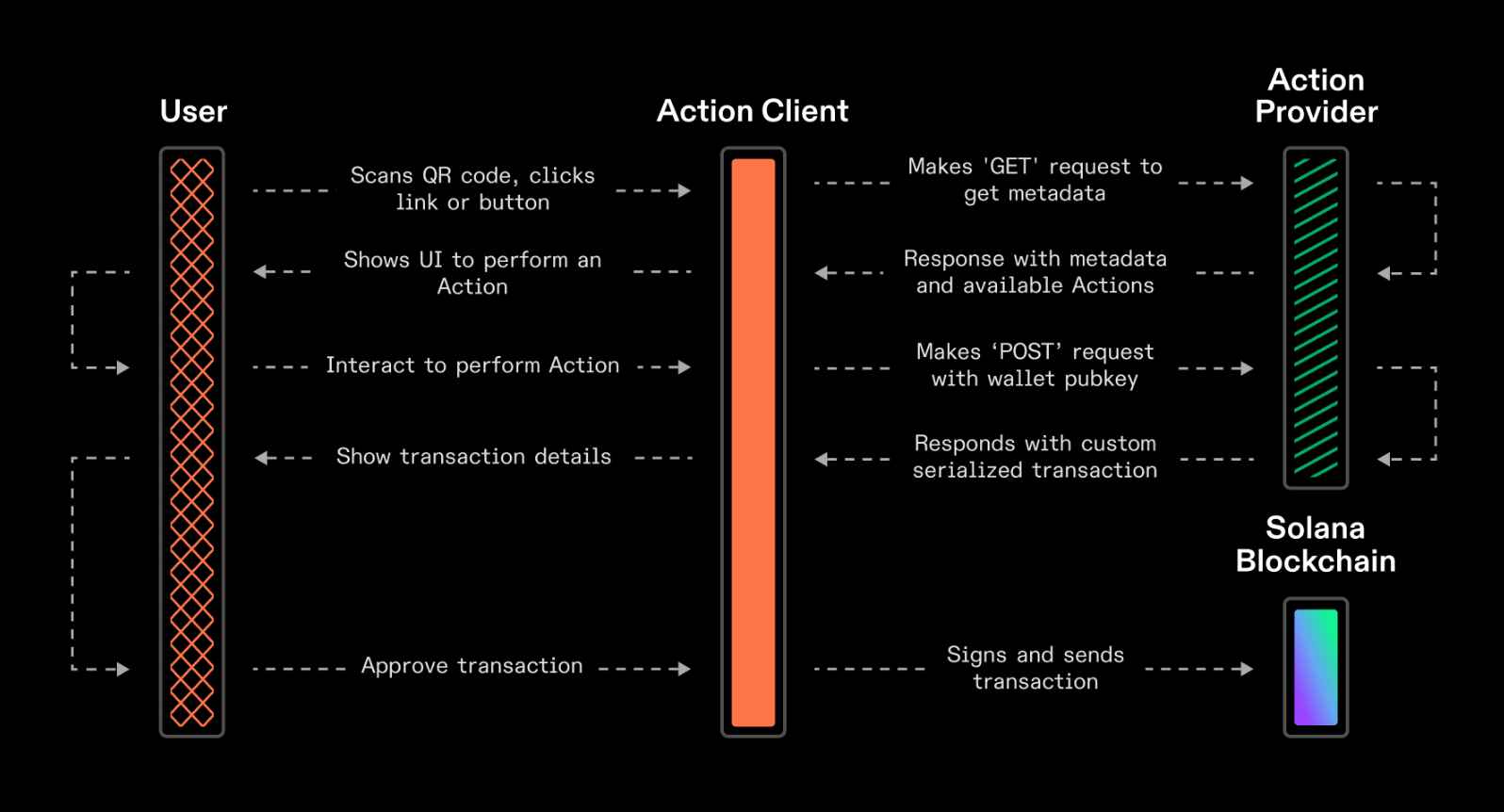
Significantly Enhanced Data Availability: RLNC enables the reconstruction of original data from any sufficiently large subset of coded packets, ensuring robust data availability even if some nodes or packets are lost. This is crucial for maintaining the integrity and accessibility of modular blockchains.
-
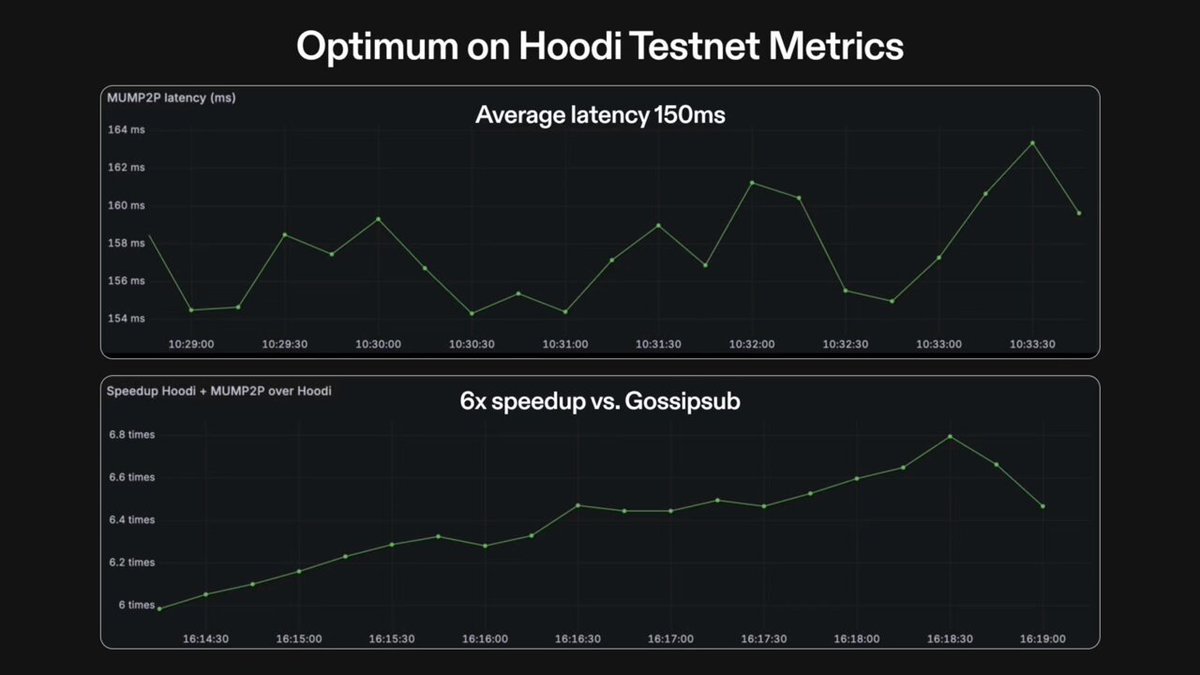
Improved Network Throughput and Speed: By encoding data into mathematical fragments, RLNC allows for faster and more efficient data propagation across the network, as demonstrated by platforms like Optimum. This results in higher throughput and reduced latency for decentralized applications.
-
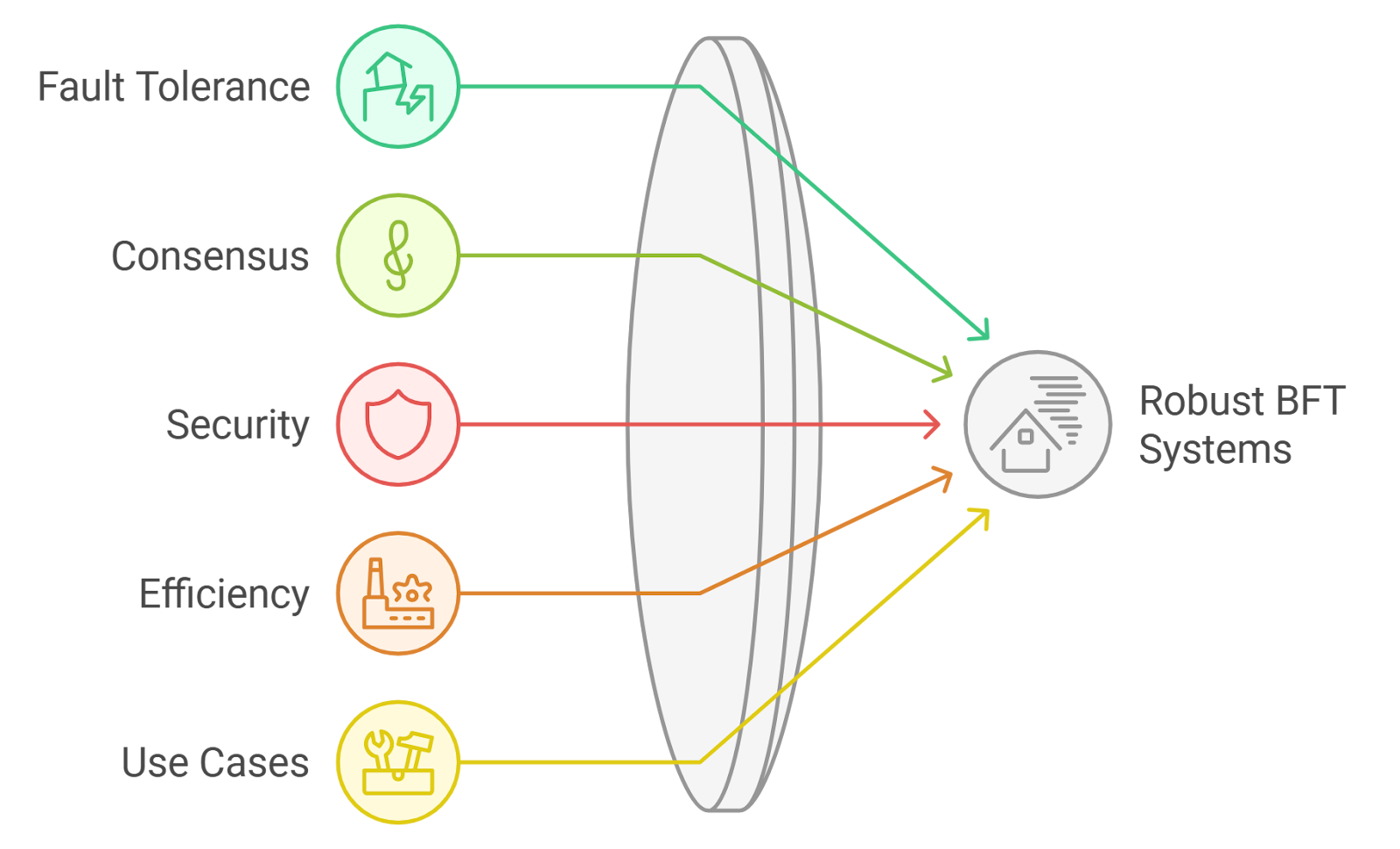
Superior Fault Tolerance and Reliability: RLNC’s redundancy ensures that the network remains resilient to node failures and data loss. Even if several nodes become unavailable, the original data can still be reconstructed, enhancing blockchain robustness.
-
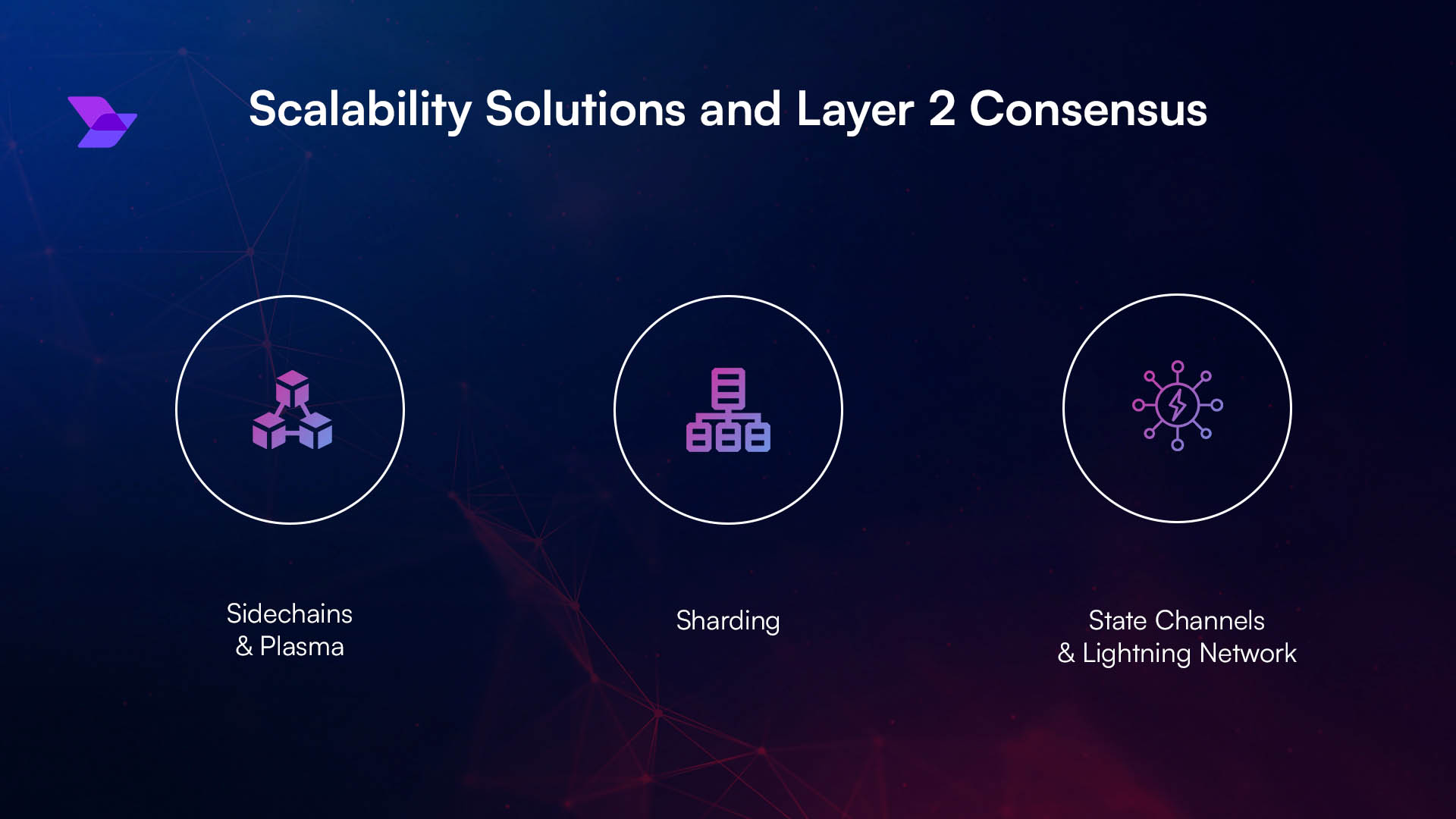
On-the-Fly Encoding and Recoding: RLNC supports dynamic encoding and recoding at intermediate nodes without requiring full data decoding. This accelerates data dissemination and is particularly beneficial for modular or sharded blockchain architectures.
-
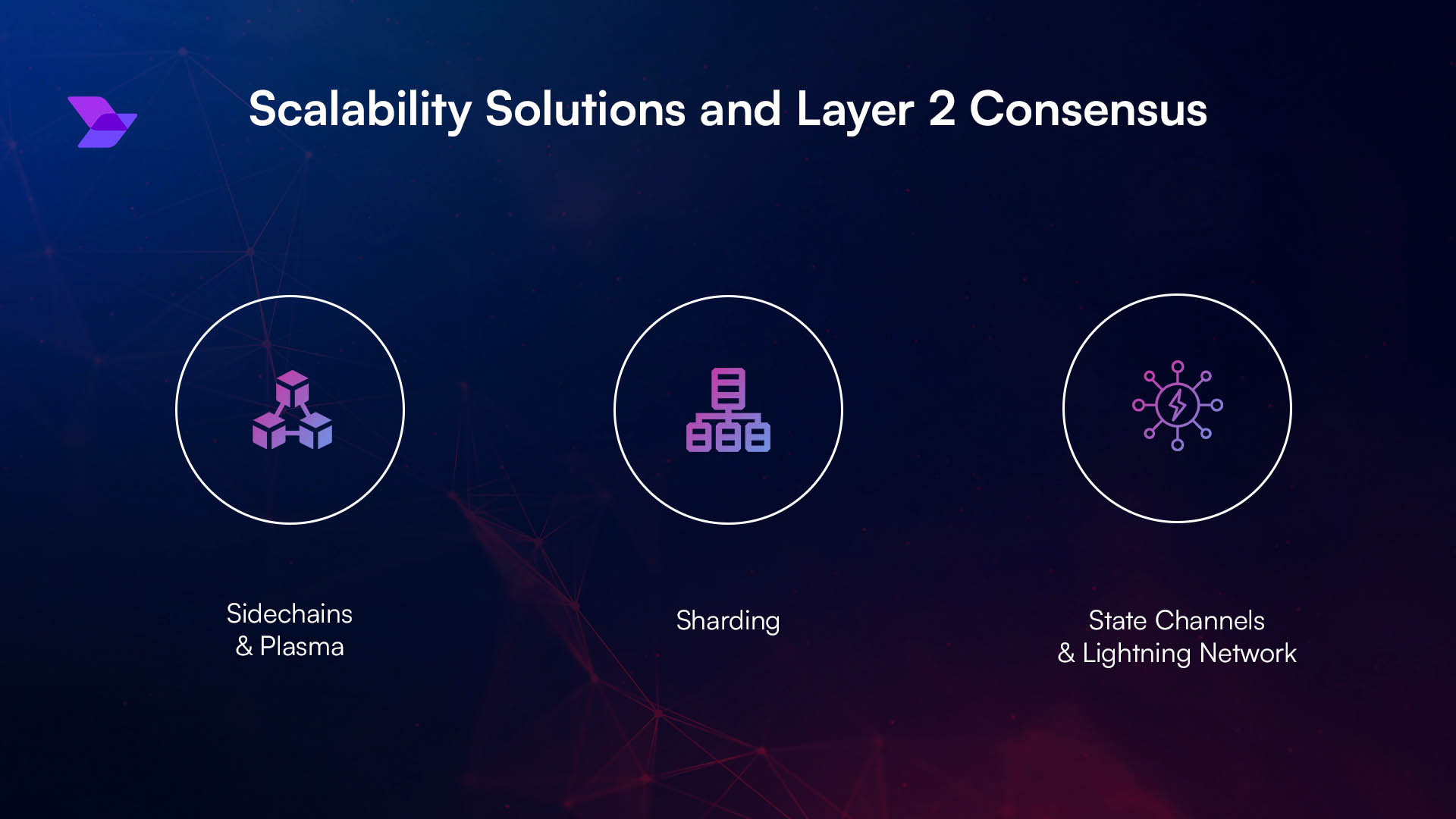
Scalable Data Availability Sampling (DAS): RLNC offers a more efficient and scalable alternative to traditional erasure coding methods (like Reed-Solomon) in data availability sampling protocols, simplifying the process and supporting larger, more decentralized blockchain networks.
RLNC in Action: The Optimum Memory Layer
Optimum, founded by MIT’s Muriel Médard, is at the forefront of deploying RLNC in live blockchain networks. Their high-performance memory layer is designed to scale network speed and robustness by orders of magnitude, directly addressing the bottlenecks faced by dapps and rollups. As highlighted by CMT Digital and Blockworks, Optimum’s architecture demonstrates how RLNC can underpin a new generation of permissionless, scalable, and modular blockchains.
Unlike traditional block propagation schemes, RLNC-based solutions like Optimum allow any node to reconstruct the original block data from a random selection of coded fragments. This not only enhances fault tolerance but also reduces the bandwidth required for each participant, a critical factor as networks aim to onboard millions of users without compromising decentralization or security.
Next-Gen Data Availability Sampling with RLNC
Another area where RLNC shines is data availability sampling (DAS). Recent research suggests that RLNC can simplify and accelerate DAS protocols compared to older erasure coding methods. With the ability to pair with advanced cryptographic techniques, RLNC ensures that light clients and validators can efficiently verify the presence of block data, without downloading it all, thus preserving both scalability and security.
For a deeper dive into RLNC’s technical underpinnings and its role in optimizing modular blockchain layers, see our guide on how RLNC optimizes data availability.
As RLNC gains traction, its impact is not limited to technical efficiency alone. The modular blockchain landscape is witnessing a shift in how network resources are allocated and utilized, with RLNC at the core of this transformation. By minimizing redundant data transmission and enabling nodes to share responsibility in data propagation, RLNC reduces the overall bandwidth burden on the network. This has a direct effect on operational costs for node operators and validators, making participation more accessible and sustainable.
Moreover, RLNC’s flexibility supports a wider variety of network topologies. Whether a blockchain is structured as a monolithic chain with heavy throughput or as a sharded system distributing load across multiple modules, RLNC adapts seamlessly. This adaptability ensures that networks can scale horizontally without facing the traditional trade-offs between decentralization, security, and scalability, sometimes referred to as the “blockchain trilemma. “
The real-world implications are already visible. Projects deploying RLNC, like Optimum, are reporting substantial improvements in dapp performance and network reliability. As block sizes grow and transaction volumes surge, RLNC’s approach to coded packet distribution ensures that even under heavy network churn, data remains available and verifiable. This is especially crucial for applications requiring real-time responsiveness, such as decentralized finance (DeFi) protocols and on-chain gaming.
What’s Next for RLNC and Modular Blockchain Scalability?
Looking ahead, expect RLNC to become a foundational technology in the next wave of modular blockchain architectures. Advancements in memory layer design, as pioneered by Optimum, are likely to inspire a new generation of DA solutions that prioritize both efficiency and permissionless participation. As more research emerges and open-source implementations mature, RLNC could set a new standard for how blockchains handle data at scale.
For developers and researchers, understanding RLNC’s mechanics opens up opportunities to build more robust, scalable applications. The ability to recode on the fly, reduce bandwidth, and enhance fault tolerance invites experimentation across a range of blockchain use cases. As the technology matures, we can anticipate integrations beyond memory layers, potentially influencing consensus, cross-chain bridges, and off-chain data markets.
It’s an exciting time for those building at the intersection of network coding and decentralized infrastructure. As Optimum and similar projects continue to push boundaries, the vision of a truly scalable and modular blockchain ecosystem comes closer to reality. For a comprehensive exploration of how RLNC empowers data availability in modular blockchains, check out our in-depth analysis here.
Pioneers Advancing RLNC in Blockchain Networks
-

Optimum — Founded by MIT professor Muriel Médard, Optimum is the first high-performance memory layer for blockchains powered by RLNC. Optimum’s technology enhances network speed, robustness, and throughput, aiming to deliver Web3’s missing memory layer and significantly improve dapp performance.
-

MIT Network Coding Group — Led by Muriel Médard, this renowned research group at MIT has been instrumental in developing and advancing RLNC techniques, providing the theoretical foundation for RLNC’s application in decentralized and modular blockchain architectures.
-
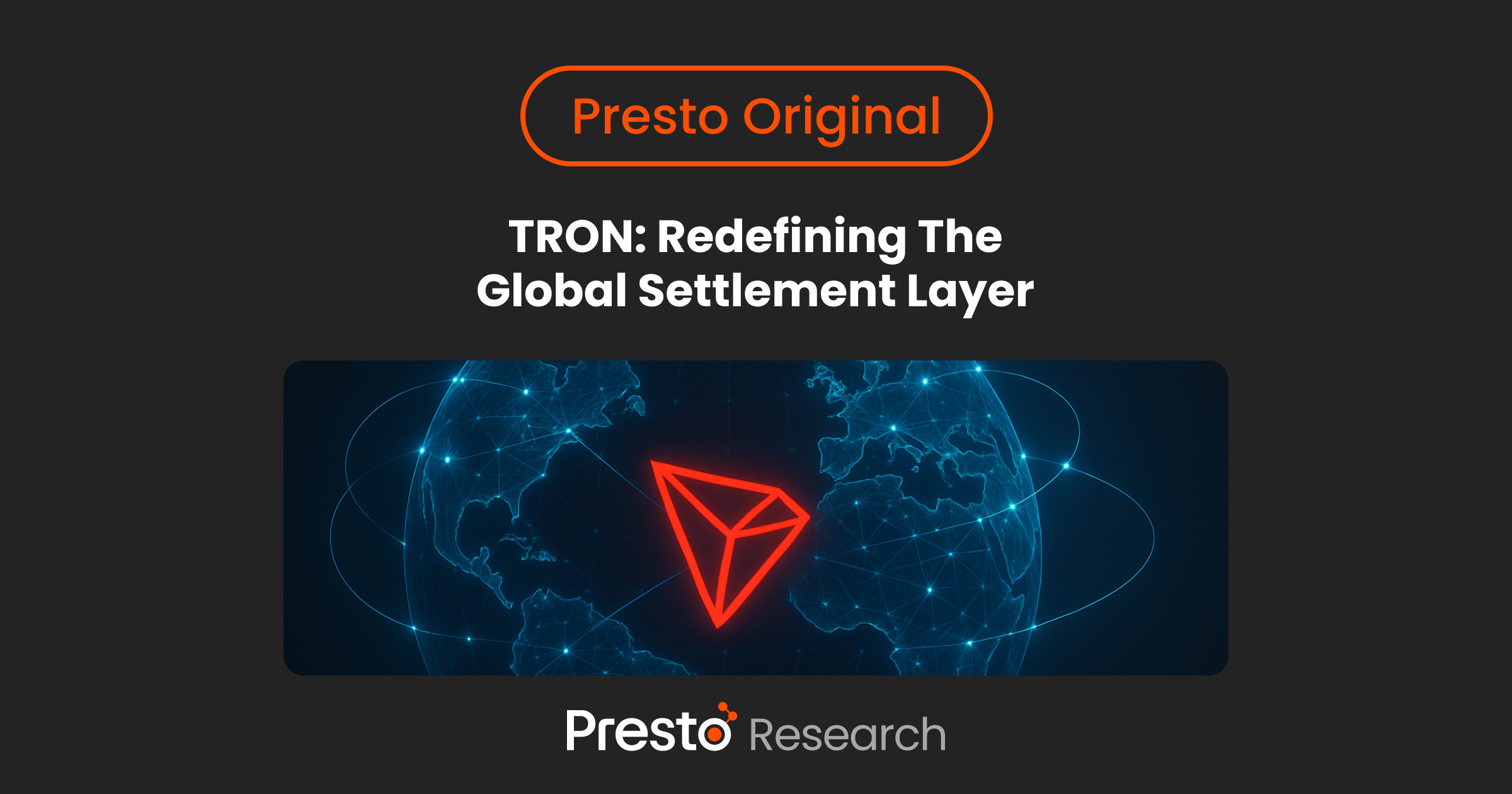
Presto Labs — As highlighted in their technical explorations, Presto Labs is actively researching RLNC’s role in scalable blockchain memory layers, contributing to the practical deployment and optimization of RLNC in real-world blockchain scenarios.
-
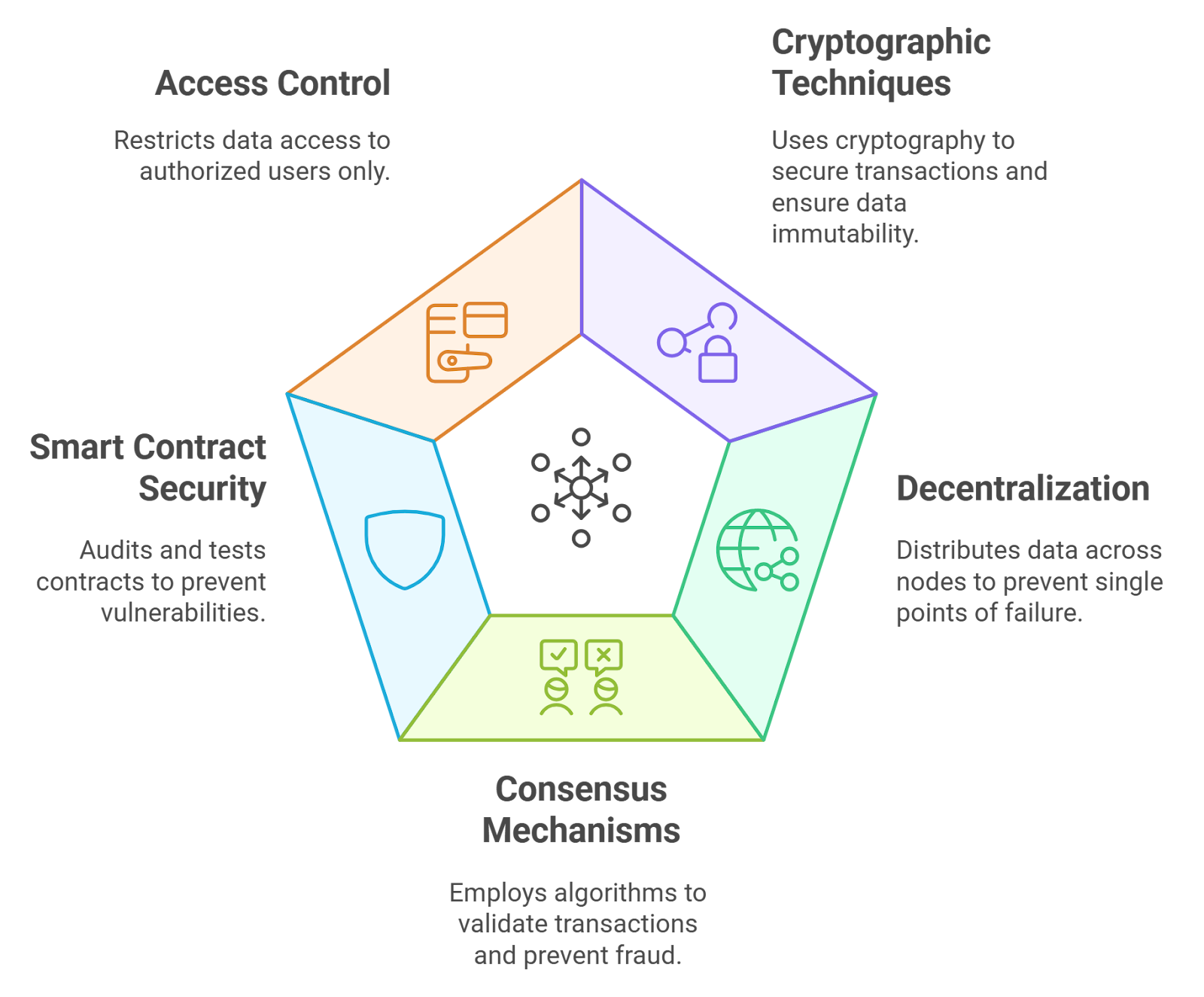
arXiv Research Community — Numerous peer-reviewed papers on data availability sampling and RLNC are published on arXiv, including proposals for integrating RLNC into blockchain data availability protocols, helping to shape the academic and technical discourse in this field.
-

Luganodes — In partnership with Optimum, Luganodes is building a decentralized memory infrastructure for modular blockchains using RLNC, aiming to create scalable and permissionless data layers for next-generation Web3 applications.
RLNC is more than a technical upgrade, it’s a catalyst for reimagining the economics and architecture of decentralized networks. By bridging the gap between academic theory and real-world deployment, it offers a path forward for modular blockchains seeking to balance performance, resilience, and openness. As always, staying informed and adaptable will be key for those navigating this rapidly evolving space.
